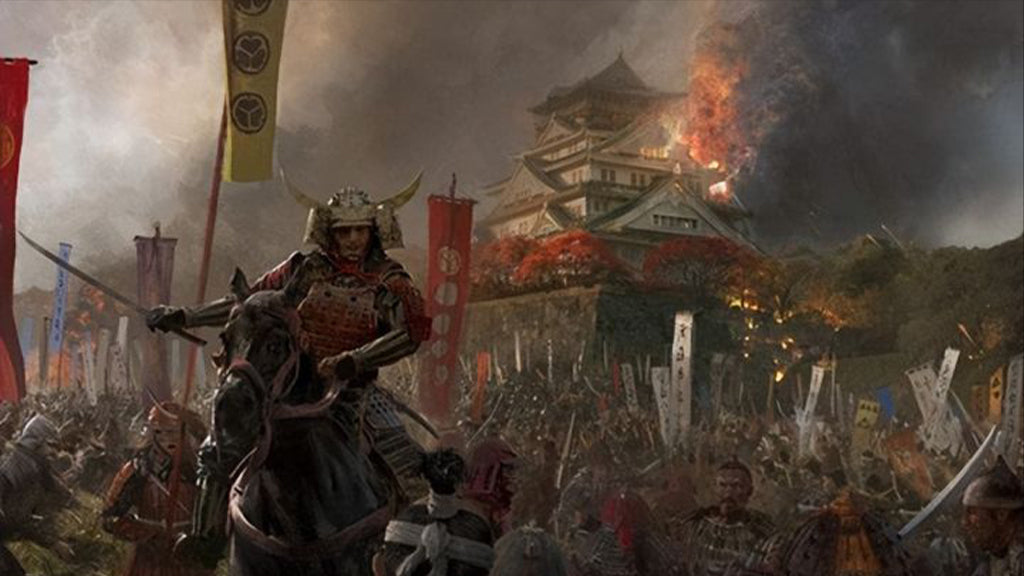What Are Some Things Worth Knowing About Japanese Sword?

As a weapon, japanese sword has both function and beauty. It often appears in anime, games and film and television works. There should be many friends who are interested in japanese sword.

1. The meaning of japanese sword
In a narrow sense, a japanese sword refers to a weapon made using a method unique to Japan. According to the shape and size, it is divided into Taidao, Daodao, Wakizashi, small Taidao, short sword, etc. The blade is made of high-purity steel "Yugang", which is both sharp and strong. Its shape is also very beautiful, and it is currently mainly used as a work of art, which is collected in museums for viewing. And Japanese sword types vary.
2. The history of japanese sword
The official sword production in Japan began in the Kofun period (around the 3rd and a half centuries to the end of the 7th century). At first, the straight knife influenced by the mainland was the mainstream, but gradually established its own knife making technology. The Kamakura period (1185-1333), when the samurai rose, ushered in the golden age of sword making. At the same time, various stories related to samurai and famous swords have also been generated. With the changes of the times, the sword has become an important weapon called "the soul of the samurai". However, in the second half of the 17th century, when the war ended and peace continued, the knife-making industry began to decline.
During the period of turmoil at the end of the Tokugawa period (1854-1867), the sword casting industry prospered again, but the sword production declined sharply again under the 1876 ban on the use of swords. Until now, there are only about 30 craftsmen in Japan who make a living by casting knives. After learning the history of Japanese sword, do you want to find Japanese sword sets for sale? Here they are for you!
3. The production method of japanese sword
Japanese sword is a collection of very high technology in the production method, and it is made by different masters from steelmaking, knife cutting, to polishing and sharpening. It is divided into steelmaking, water reduction, tempering, steel matching, Suyan, burning, Ming cutting and other steps. First, the steel is heated at high temperature and forged flat with a hammer. When the steel is stretched sufficiently flat, it will be folded into two layers, and then forged. This process is repeated many times, which is called "forging". When folded 15 times, the layered structure of the steel is forged into about 33,000 layers, making it a strong and malleable material. Next, the steel is shaped into the shape of a knife, featuring a process called Tsukurikomi, in which hard steel is wrapped around soft iron. This forging process can ensure that the forged japanese sword will not break, not bend, and be cut well. Another important step is quenching, during which the heated blade is rapidly cooled in a water tank, a process that determines the hardness and appearance of the sword. After the quenching process, it is polished by a professional sharpener, and the finishing stage of decoration is entered. A sharp and beautiful japanese sword is forged in this way.
